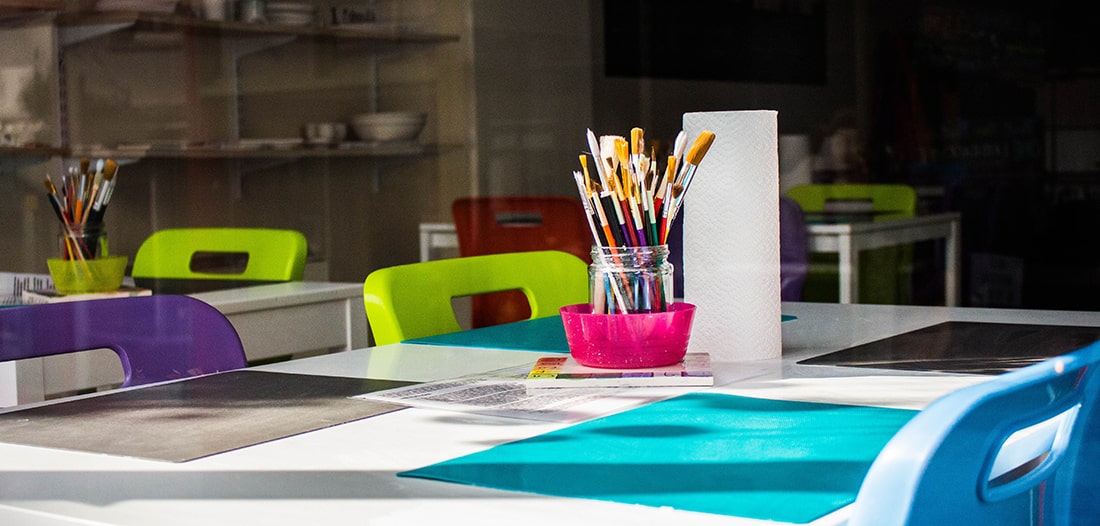


By Kaitlyn Shepherd & Fred Birnbaum
In less than two months’ time, Idaho’s new Legislature will convene. One of its tasks will be to decide how to allocate the $330 million in ongoing funding that was earmarked for K-12 public education by Gov. Brad Little and the Legislature in September.
Voices from the establishment will clamor for the money to be distributed to public schools. Despite massive increases in spending on public schools, voices from within the system still demand more money. Spending levels are higher than they have been in decades.
Yet, increased spending on public education has not resulted in a positive return for taxpayers. Student test scores have remained stagnant or declined, and schools increasingly push corrupt ideologies into the classroom. Instead of throwing more money at a system that is not accountable for academic improvement, the $330 million increase in education spending should follow students so that families can decide how best to educate their children.
So, just how much does Idaho spend per K-12 student? Data show that funding has now surpassed recommendations from 2013.
That year, a task force commissioned by Gov. Butch Otter issued a report recommending ways to improve Idaho’s education system. One of its proposals was a “restoration of operational funding to the FY 2009 level.”
This goal was achieved in Fiscal Year 2020. In terms of 2022 inflation-adjusted actual expenditures, the state spent $9,939 per student in Fiscal Year 2009. In Fiscal Year 2020, it spent $9,945 per student, and that amount grew to $10,535 in Fiscal Year 2022. The spike in spending during Fiscal Year 2021 and Fiscal Year 2022 can be attributed to an increase in federal funds from coronavirus relief legislation like ESSER.
Gov. Otter’s task force also recommended making schools more accountable by instituting “a system that is based on accountability for student outcomes.” Unfortunately, Idaho has yet to achieve this goal.
The State Department of Education (SDE) heralded Idaho’s performance on the National Assessment of Educational Progress (NAEP) as “encouraging news” because students tested near or above national averages. The data tell a different story.
Overall, student performance declined from what it was in 2019. In 2019, 37% of fourth grade students scored proficient or advanced in reading, but this year, only 32% achieved the same results. Among eighth graders, 32% scored proficient or advanced in reading, down from 38% in 2019.
Nor did students improve in math. This year, 36% of fourth graders scored proficient or above compared to 43% in 2019. Similarly, the percentage of eighth graders who tested proficient or above declined from 38% to 32% this year.
Other assessment metrics tell a similar story. SAT scores have been steadily declining since 2016. In fact, “[t]he percentage of students who met the ERW benchmark has declined from 62% to 53% (a 15% decline) since 2016, while the percentage of students who met the math benchmark has declined from 35% to 31% (a 11% decline) since 2016. Meanwhile, the percentage of students who met neither benchmark increased from 36% to 45% (a 25% increase) over the same time frame.”
Furthermore, student proficiency on both the Idaho Reading Indicator (IRI) and Idaho Standards Achievement Test (ISAT) has declined.
Amid these academic declines, school districts fail to exhibit a sense of urgency to remedy the problem. Instead, as the Idaho K-12 LEAD Map shows, an increasing number of critical social justice (CSJ) incidents have been observed. We have defined a CSJ incident as any “case[] in which the tenets of critical race theory, queer theory, and other critical theories are implemented at the school or district level through vehicles such as social-emotional learning programs, student clubs, district policies, and more.”
The Idaho K-12 LEAD Map documents more than 120 CSJ incidents in districts all across the state. For example, school clubs encourage students to accept any number of sexual identities, libraries offer sexually explicit books, and anti-racist social-emotional learning programs condition students to develop disdain for the country.
New research suggests that school choice can reduce this ideological corruption by holding schools accountable to parents. A Heritage Foundation report examining charter schools found that “schools in states with more government regulation and oversight are more woke,” even when the states’ partisan leanings were taken into account. Conversely, charter schools that were subject to fewer regulations and were therefore more responsive to parents tended to be less woke.
After decades of increasing spending on public education, it is time to let the money follow the student and empower parents to choose how and where to educate their children.

